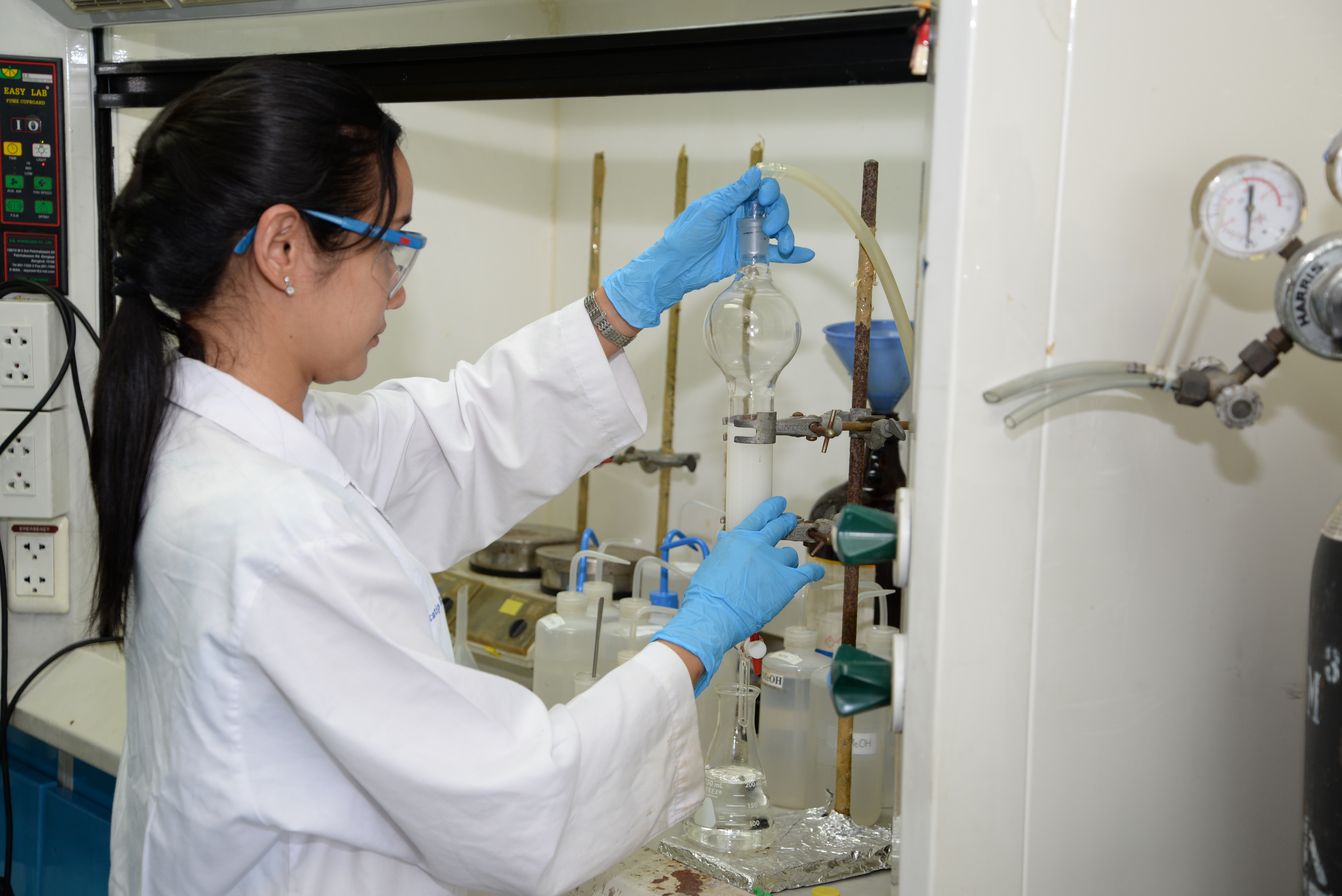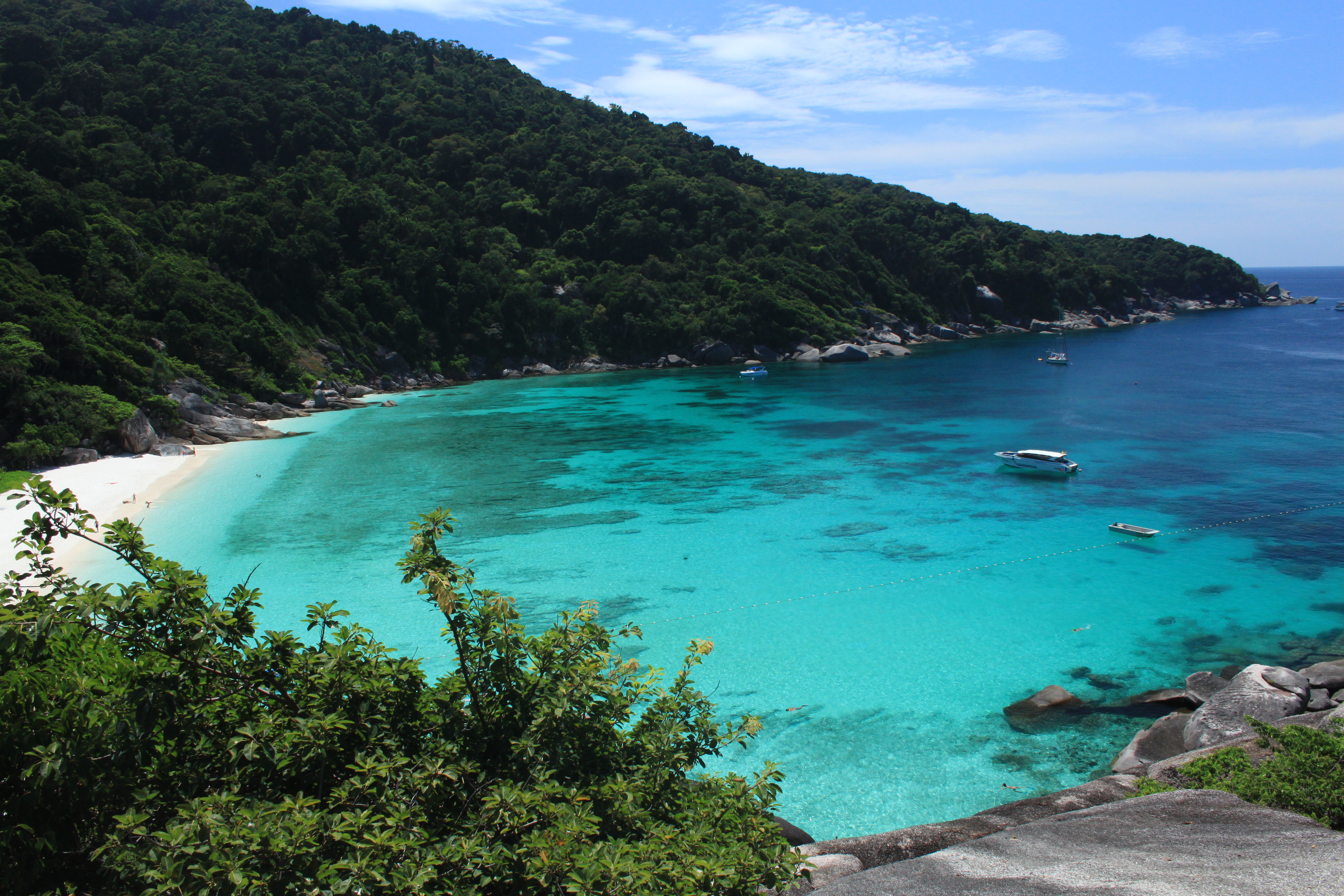Research Activities

The Laboratory of Natural Products at Chulabhorn Research Institute (CRI) conducts research on bioactive compounds from plants, marine invertebrates, and microorganisms, with the aim of discovering bioactive natural products with promising pharmaceutical applications for drug development. Thailand is situated in the tropical zone and has great biological diversity including a large variety of living organisms, which may be rich sources of biologically active natural products. The Laboratory of Natural Products has published research results in peer-reviewed international journals. We regularly publish research works in leading journals in the field of natural products, for example J. Nat. Prod. and Phytochemistry, as well as in leading chemistry journals, such as Tetrahedron, Eur. J. Org. Chem., and Chem. Eur. J.. Examples of our research findings are described below.

The investigation of bioactive compounds from Dunbaria longeracemosa (known in Thai as “Khang-Krung”) led to the identification of six new compounds and eight known flavonoids. The isolated flavonoids exhibited aromatase inhibitory activity, a possible mechanism chemoprevention of breast cancer. Bioactive compounds from a Thai medicinal plant locally called “Pruu” (Alangium salviifolium) were studied, and new compounds, 27-O-trans-caffeoylcylicodiscic acid, β-D-glucopyranos-1-yl N-methylpyrrole-2-carboxylate and protoberberine alkaloids were isolated, together with five known compounds, alangisides and myriceric acid B. Some compounds from this plant showed radical scavenging and aromatase inhibitory activities. Highlight of the research on D. longeracemosa and A. salviifolium was published as a back cover for a special issue of Eur. J. Org. Chem. dedicated to “Women in Chemistry”. New hybrid flavan-chalcones were isolated from leaves of a Thai medicinal plant, Desmos cochinchinensis (Saa-Laow in Thai), which exhibited aromatase and lipoxygenase inhibitory activities. Currently, we are performing preliminary bioactivity screening of several plants, some of which, e.g. Macaranga siamensis and Siphonodon celastrineus, show interesting activity profiles, and are being selected for further investigation of bioactive compounds.
Marine invertebrates, such as marine sponges, soft corals, and tunicates are rich sources of bioactive natural products, and several scientists worldwide are paying much attention to these marine organisms. The investigation of bioactive compounds from the marine sponge, Hyrtios gumminae, led to the identification of eleven scarlaranes, four of which are new compounds. Evaluation of biological activities revealed that some scarlaranes exhibited moderate cytotoxic activity. Five sesquiterpenes alkaloids and two steroids were isolated from the marine sponge, Halichondria sp., and the isolated alkaloids exhibited anticancer activity. Currently, we are also studying the marine sponge, Smenospongia sp.

Microorganisms are of interest to many scientists worldwide due to their great diversity of species and their ability to produce natural products with a variety of both chemical structures and biological activities. The Laboratory of Natural Products is interested in bioactive compounds from microorganisms, particularly the marine-derived fungi, endophytic fungi, and actinomycetes. A new tetronic acid, namely nodulisporacid A, was isolated from the marine-derived fungus, Nodulisporium sp., and it showed antimalarial activity. An unidentified marine-derived fungus of the Order Pleosporale was found to produce new diketopiperazines and phthalides, but these secondary metabolites showed only weak cytotoxic activity. A new tyrosine-derived compound, aspergillusol A, was isolated from the marine-derived fungus, Aspergillus aculeatus CRI323-04. Aspergillusol A exhibited α-glucosidase inhibitory activity. Additionally, the fungus strain CRI323-04 also produced a novel sesquiterpenoid, which was named as asperaculin A. New itaconic acid derivatives and diketopiperazines were also isolated from the marine-derived fungus, Aspergillus aculeatus CRI322-03.
Several strains of fungal endophytes have been chemically investigated at the Laboratory of Natural Products. New mycoepoxydiene derivatives were isolated from the endophytic fungus Phomopsis sp., and they exhibited potent anticancer activity. The endophytic fungus, Dothideomycete sp., was found to produce new pyrone derivatives while the fungus, Corynespora cassiicola, produced new depsidones and diaryl ethers. Isocoumarins and phthalides isolated from the endophytic fungus, Colletotrichum sp., were found to exhibit radical scavenging and antioxidant activities. Five new hybrid peptide-polyketides, namely curvularides A-E, were isolated from the endophytic fungus Curvularia geniculata, some of which exhibited antifungal activity. Because of multiple stereochemistry in the molecules of the curvularides, great efforts have been made to elucidate structure of curvularides


